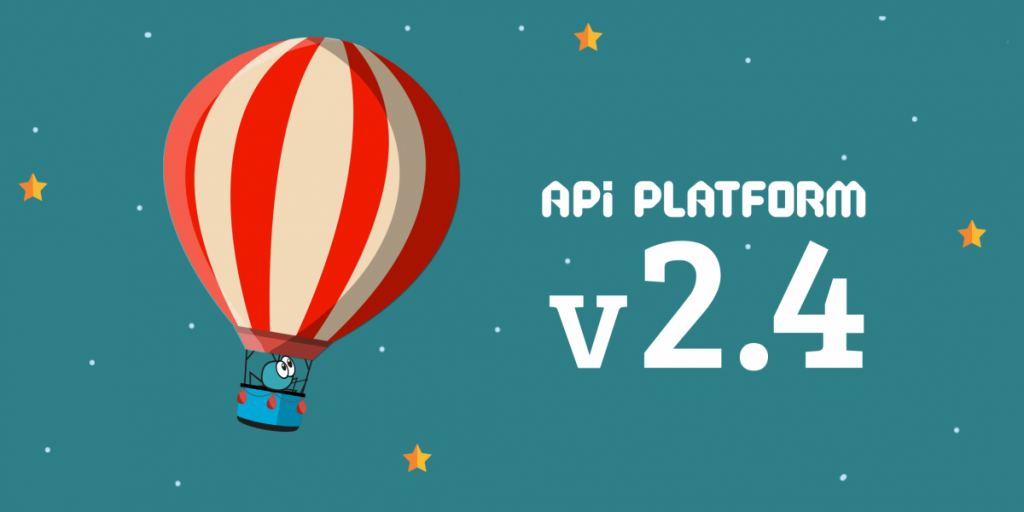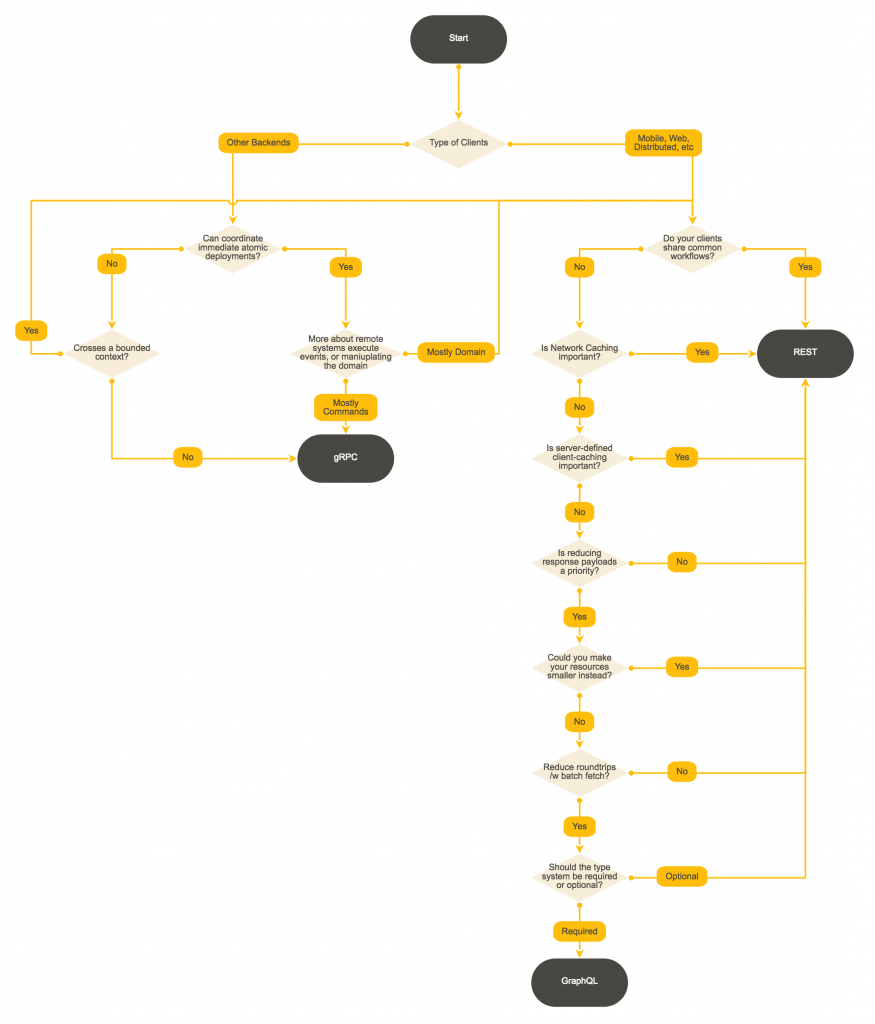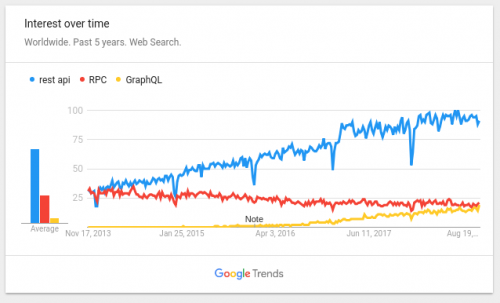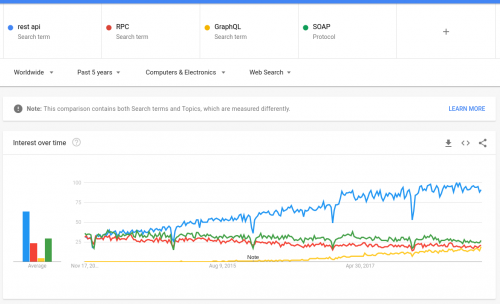
API Platform is a framework for building API-driven projects. I came across this via this blog post that covers the recent release of v2.4. The list of features and components is quite extensive:
- Read and write support for MongoDB
- Read support for Elasticsearch
- Message queues support via a number of brokers, including Amazon SQS
- Server Push support for HTTP/2
- Full compatibility with OpenAPI v3 (Swagger)
- Automated admin interface and project documentation
- A variety of components from the Symfony framework
I’m pretty sure that I’ll be taking this for a spin in the nearest future!



